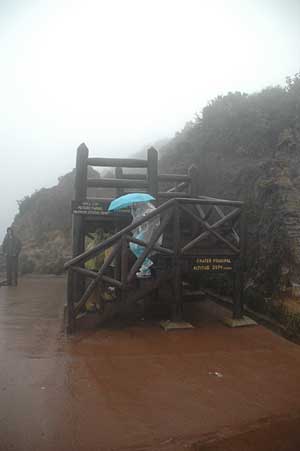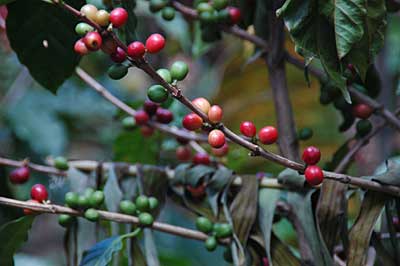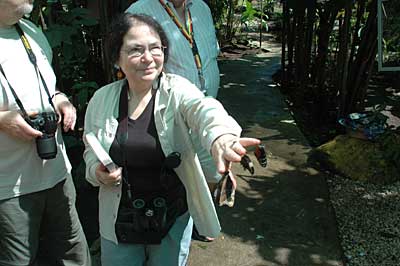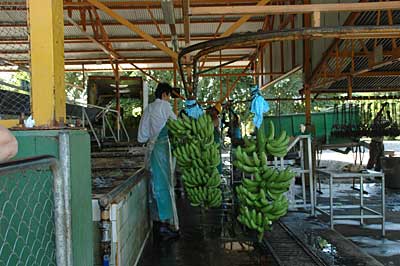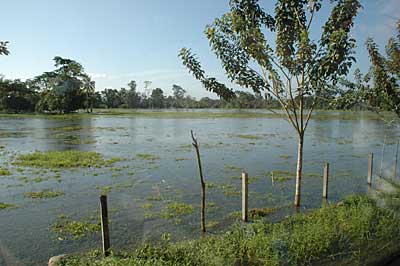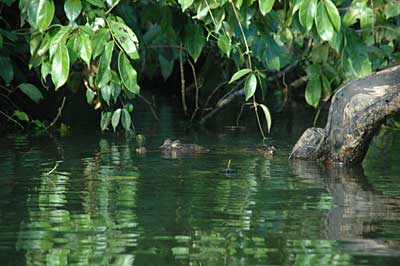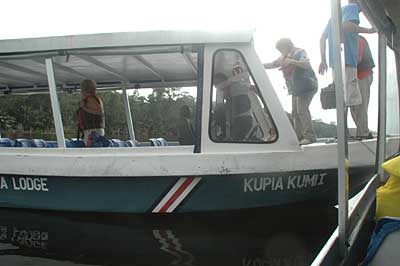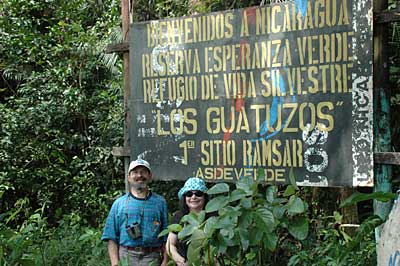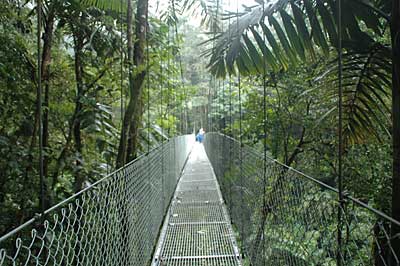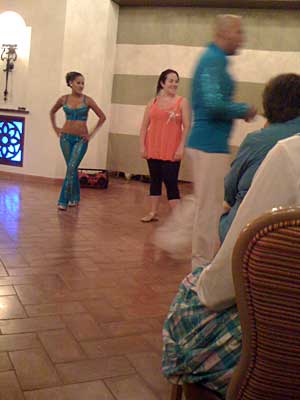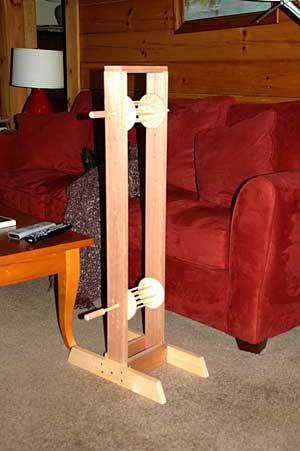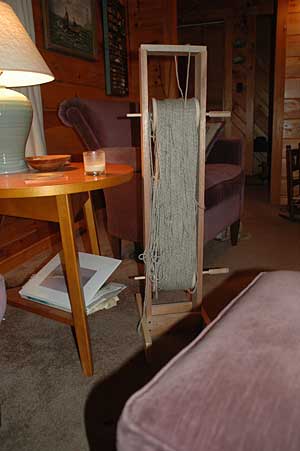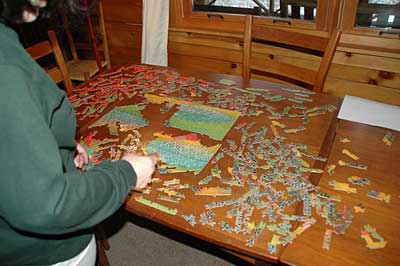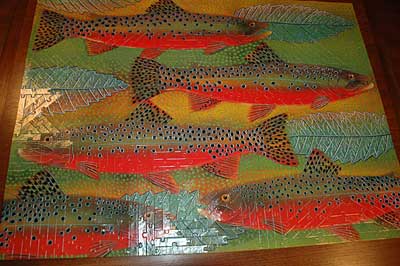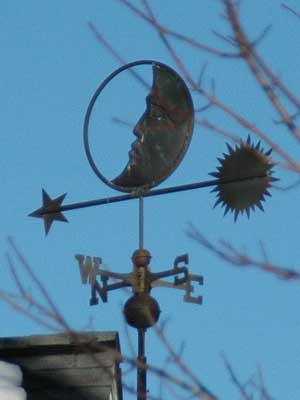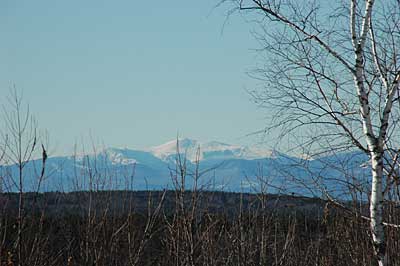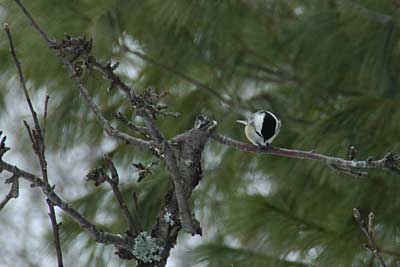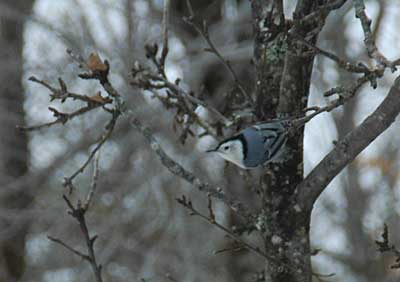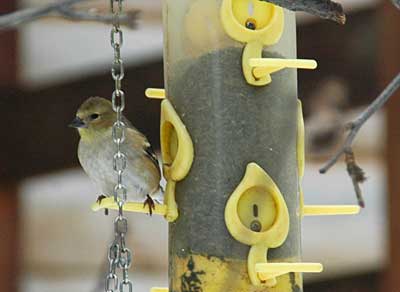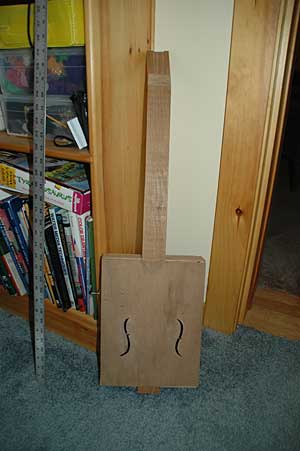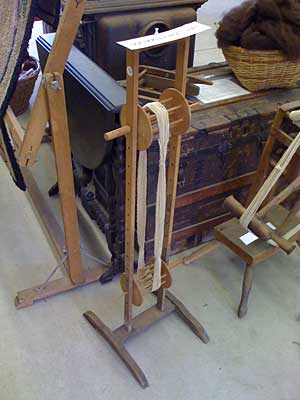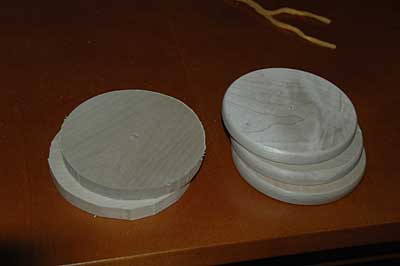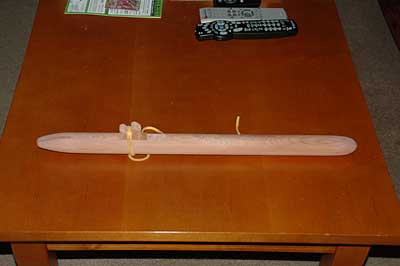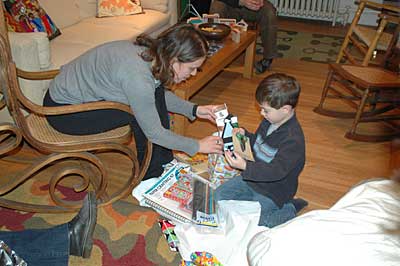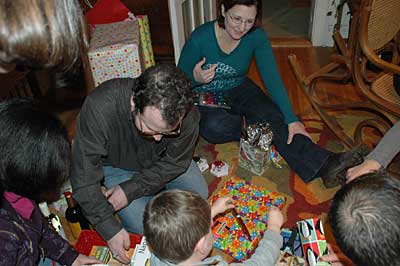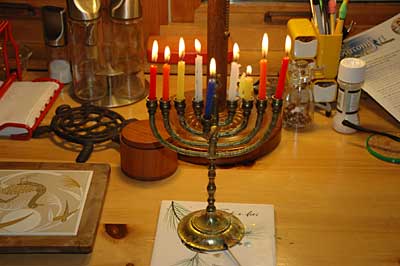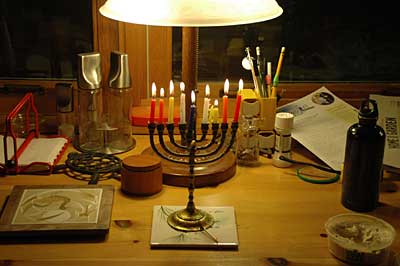Our first evening in Costa Rica there was an orientation meeting of the tour group before supper. The tour director (aka ‘our guide’) had written a few notes on a flip chart, of which two were the most important phrases in Spanish to know for traveling in CR: ‘gallo pinto’ and ‘pura vida’.
Gallo pinto should mean ‘speckled rooster’, but it really is a dish of black beans and rice, probably with a little sweet red pepper and some cilantro or other chopped herbs added. We were served it probably every day with breakfast and at more than 2/3 of our other meals — not that it was all we had to eat by any means, but it was a regular. I figure it’s a little like Welsh Rabbit — if you can’t afford meat, you call the non-meat dish meat.
‘Pura Vida’ is the thing to answer when someone asks how you are or how’s it going. It sort of means ‘cool’ or, since the ‘vida’ is ‘life’, maybe you want to think of it as ‘life is good.’ You see it everywhere on T-shirts and souvenirs. One salesclerk told me (but it was in the airport when we were leaving, too late to do any good) that it was appropriate to say in place of “you’re welcome”. Our guide said it was distinctive in Costa Rican Spanish, and if you heard it somewhere else in Latin America you could be pretty sure that the person who said it was from CR.
Our guide would say, first thing every morning on the bus, “Buenos dias, amigos! Como estan?” and if we answered, “Muy bien!” he would say, “No! No! Pura Vida! Como estan? — OK, that’s better!” It took three or four days for everyone to catch on.
In our third hotel I had a wireless signal in the lobby, and it looked as though I didn’t have to pay for access as I had to at the first hotel (the second was out in the boonies and there was no chance at all). I asked the desk clerk if the lobby was a wireless hotspot, and he said, “Yes, we have wireless, but only right here in the lobby.” At that point I had learned enough to say, “Pura vida!” and that seemed to be appropriate.
